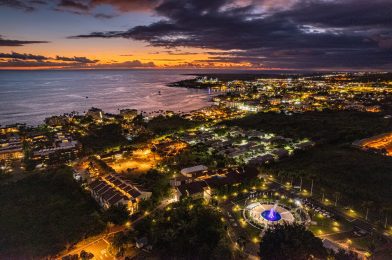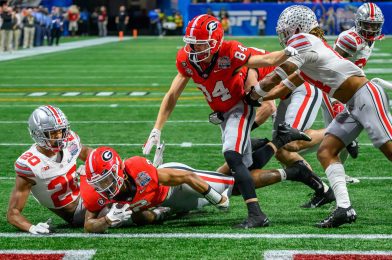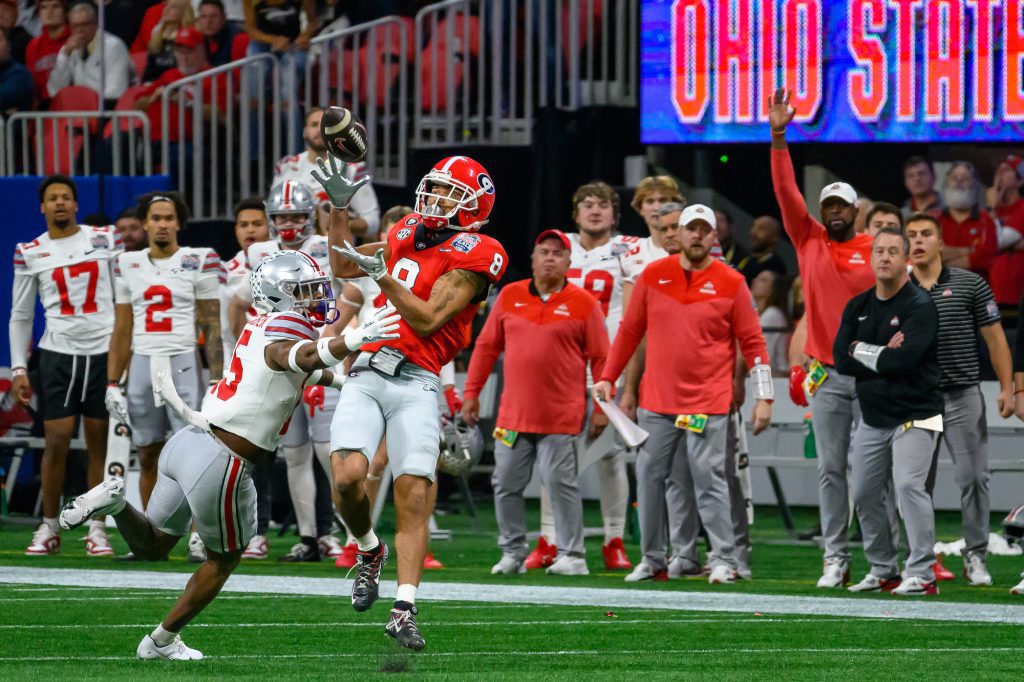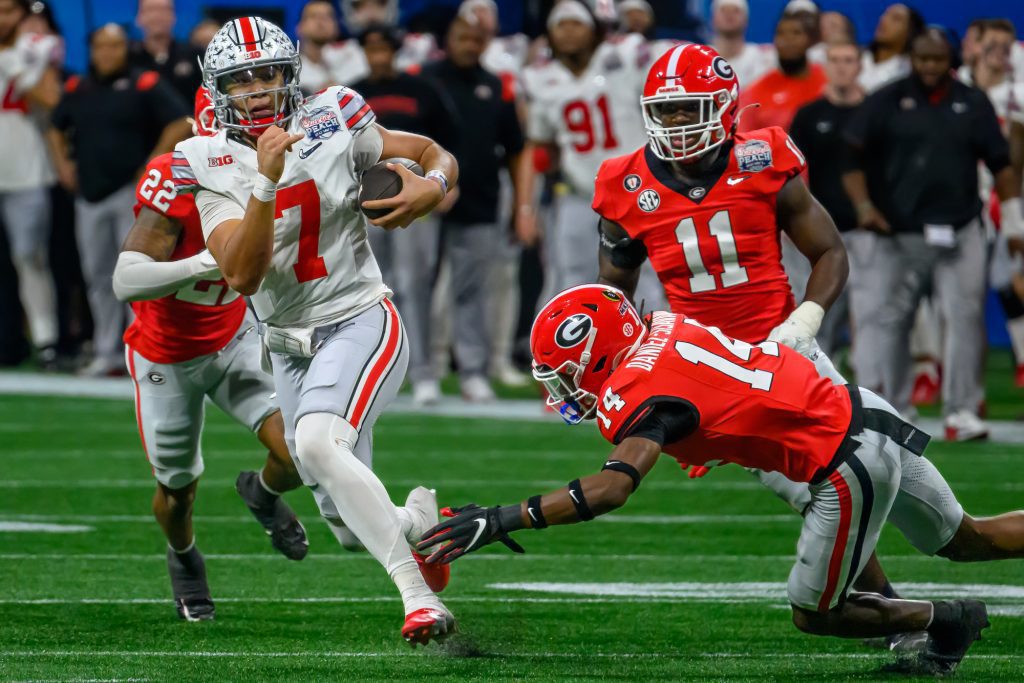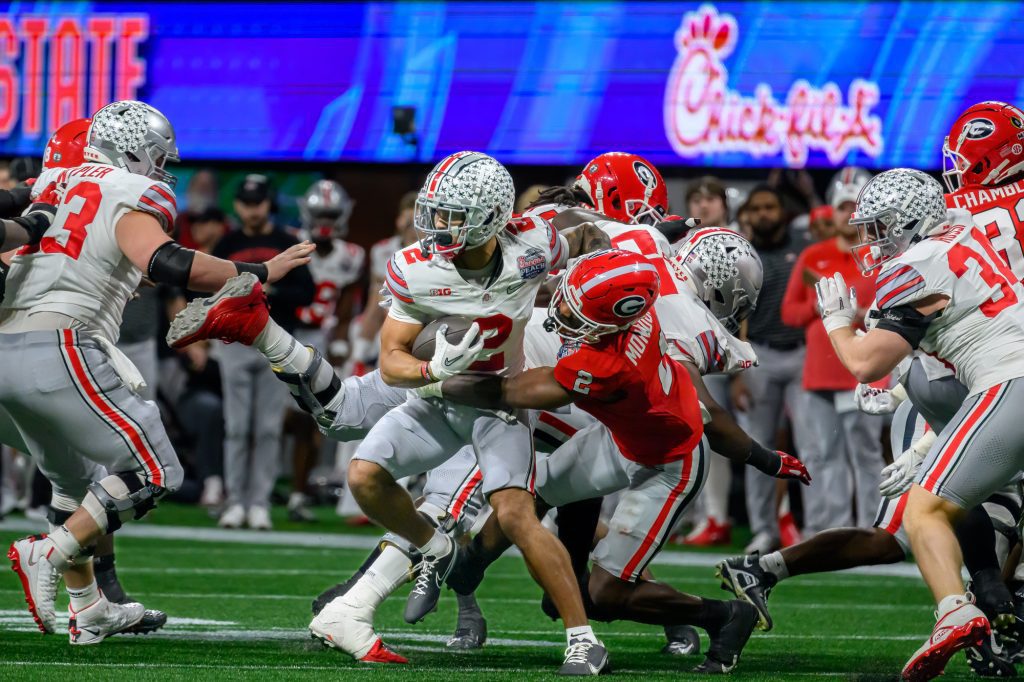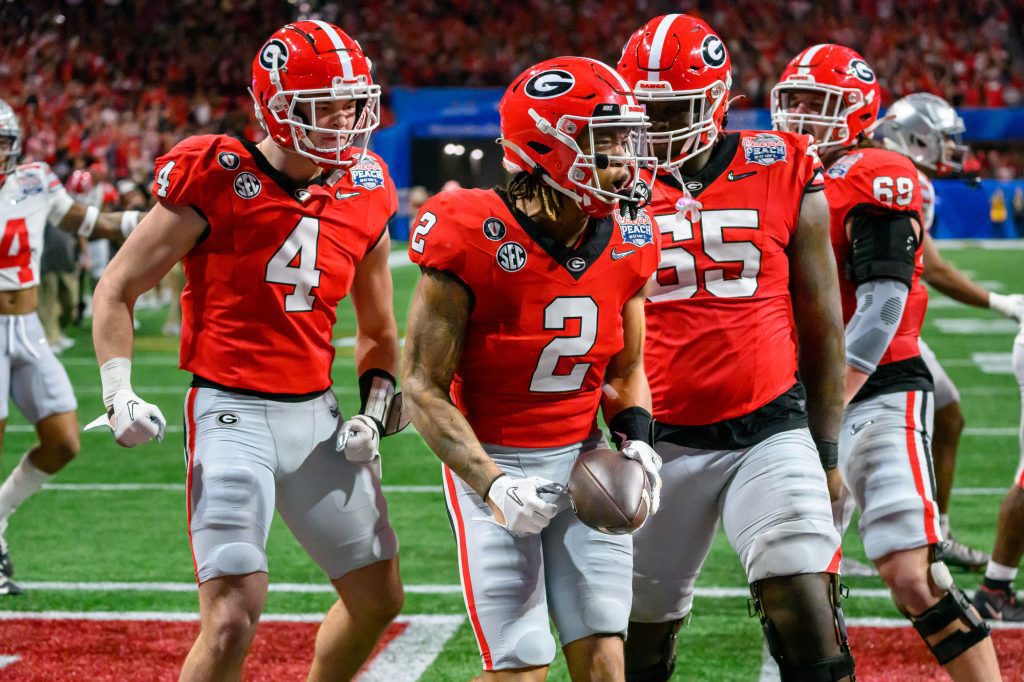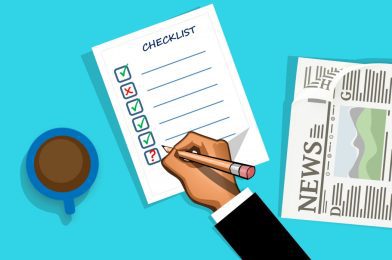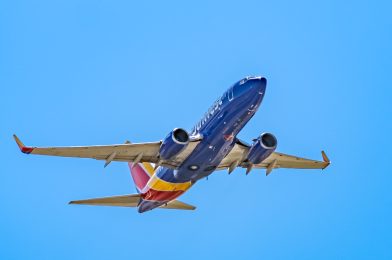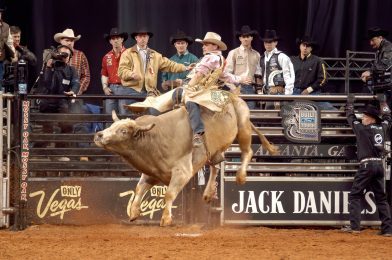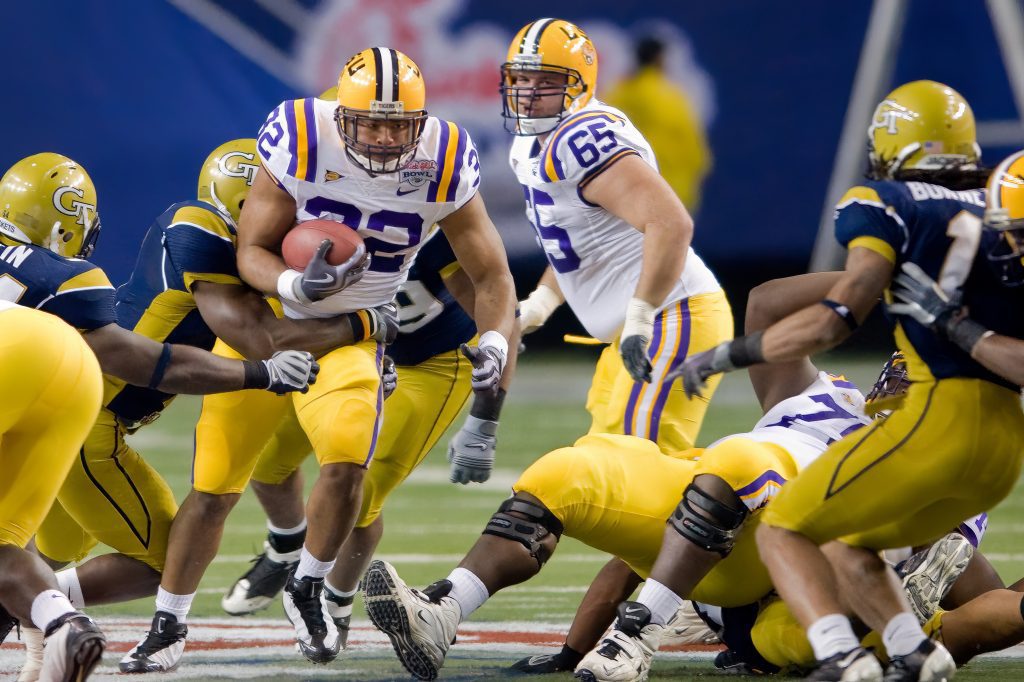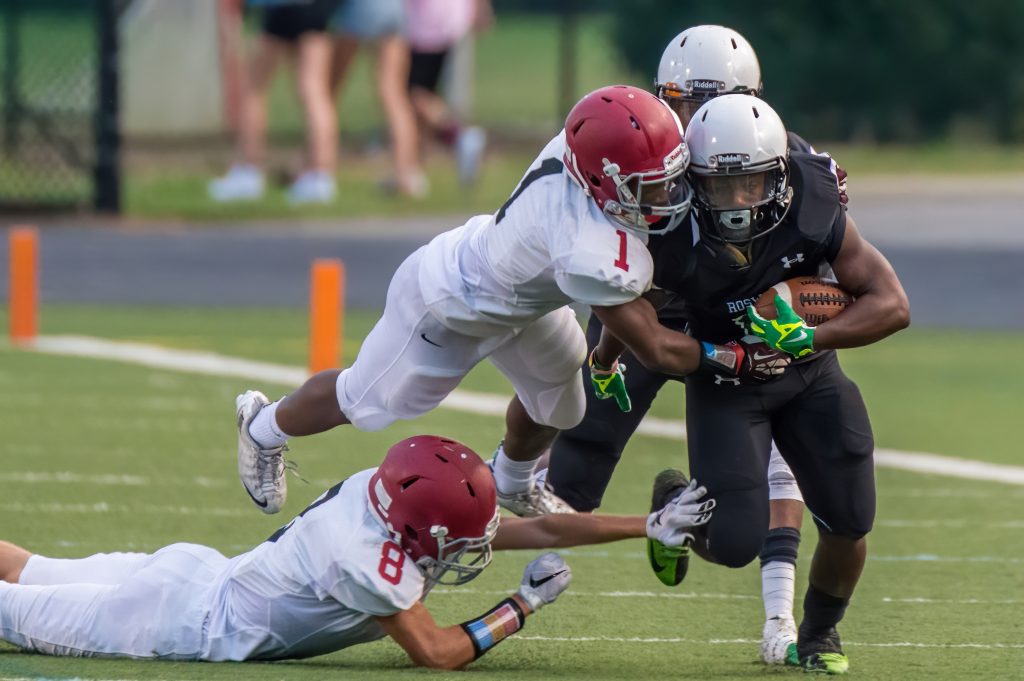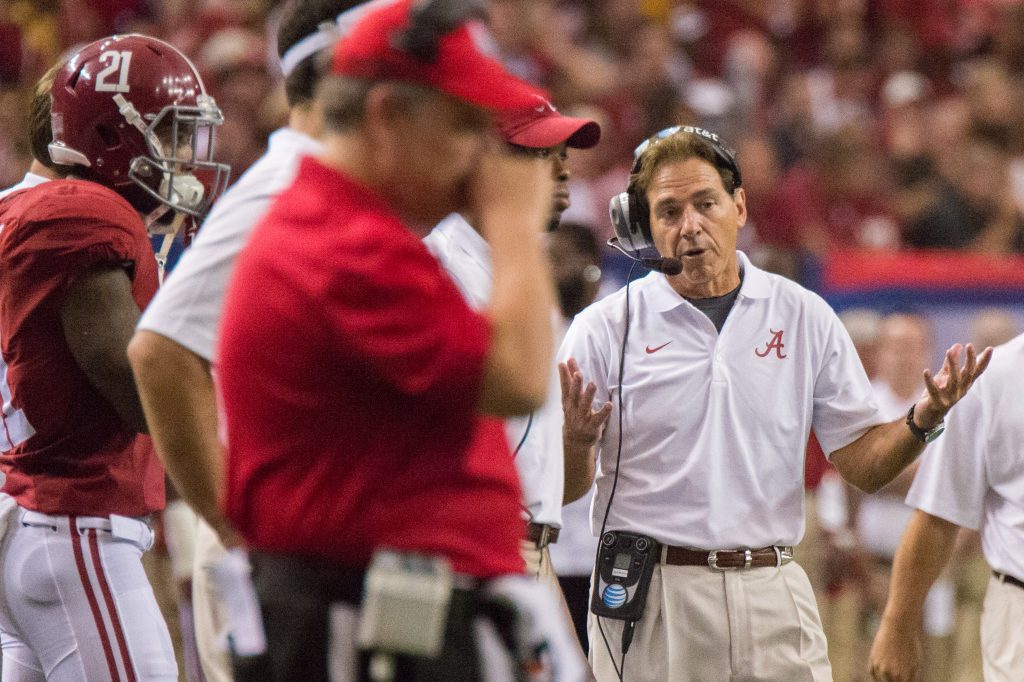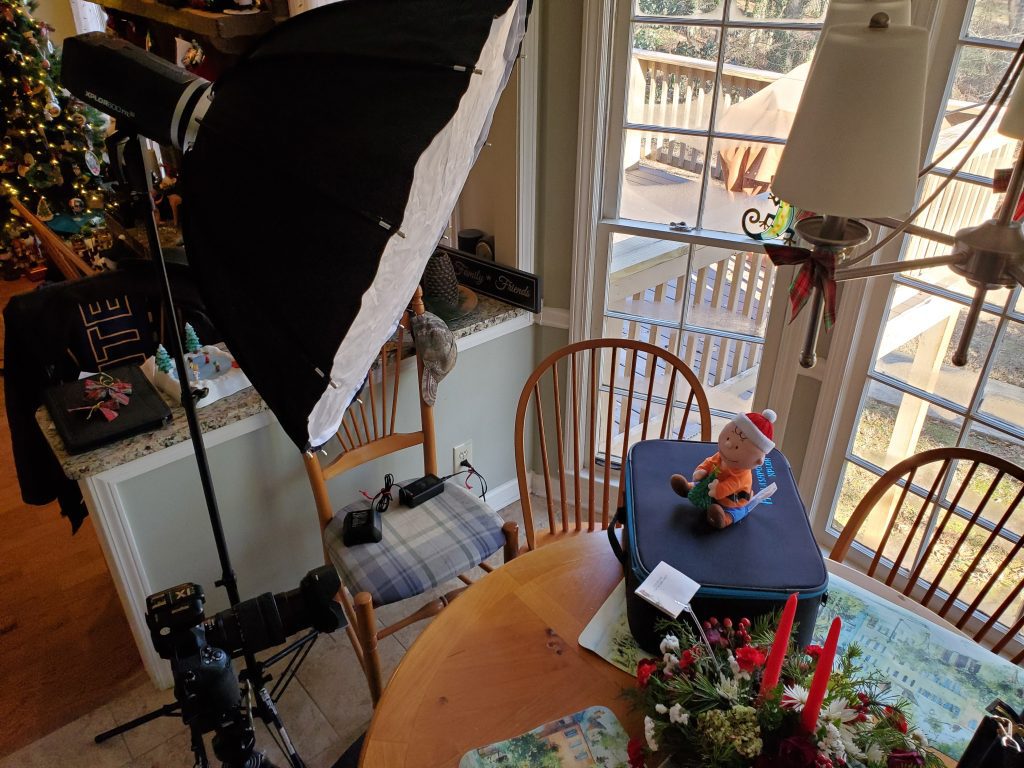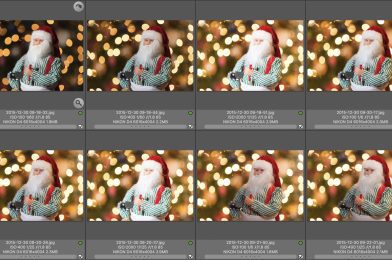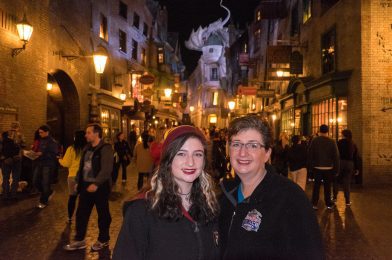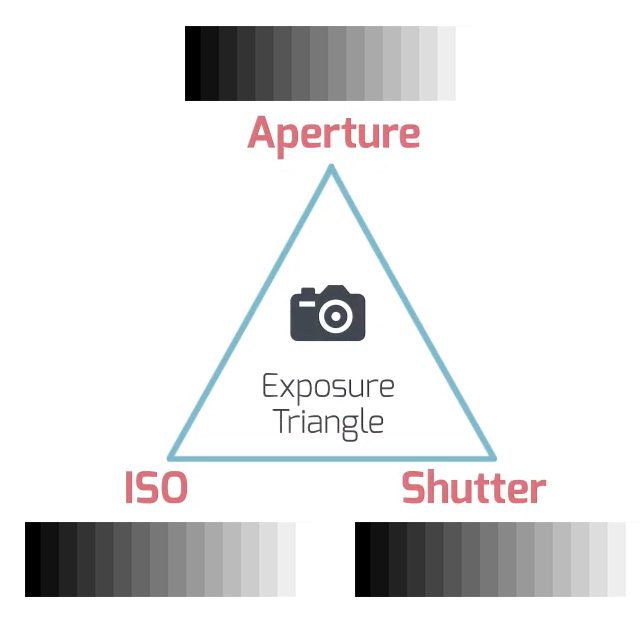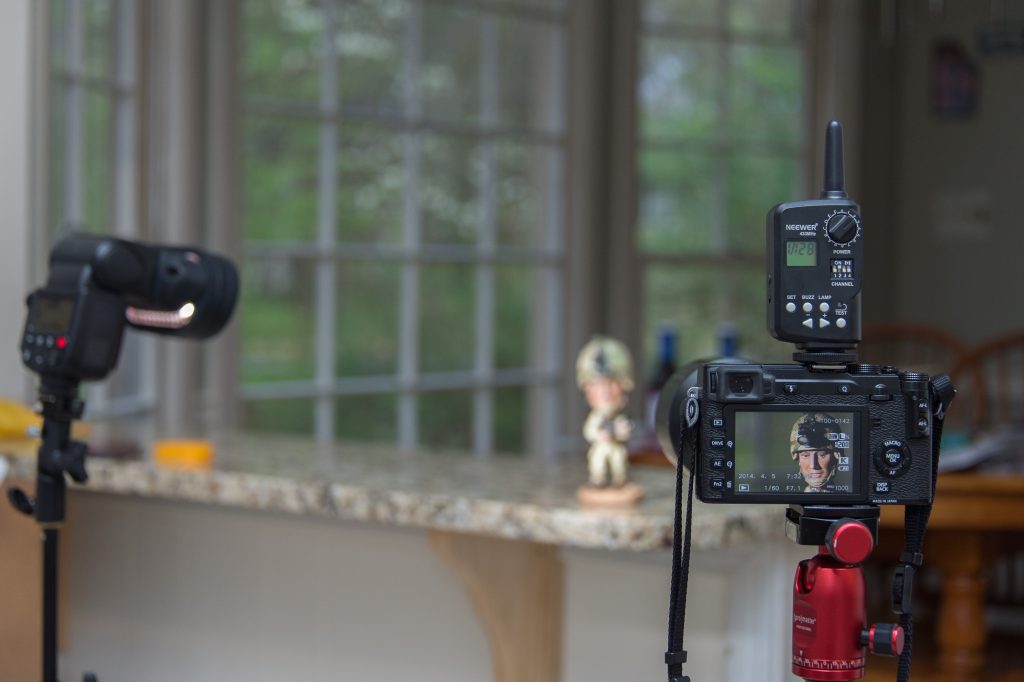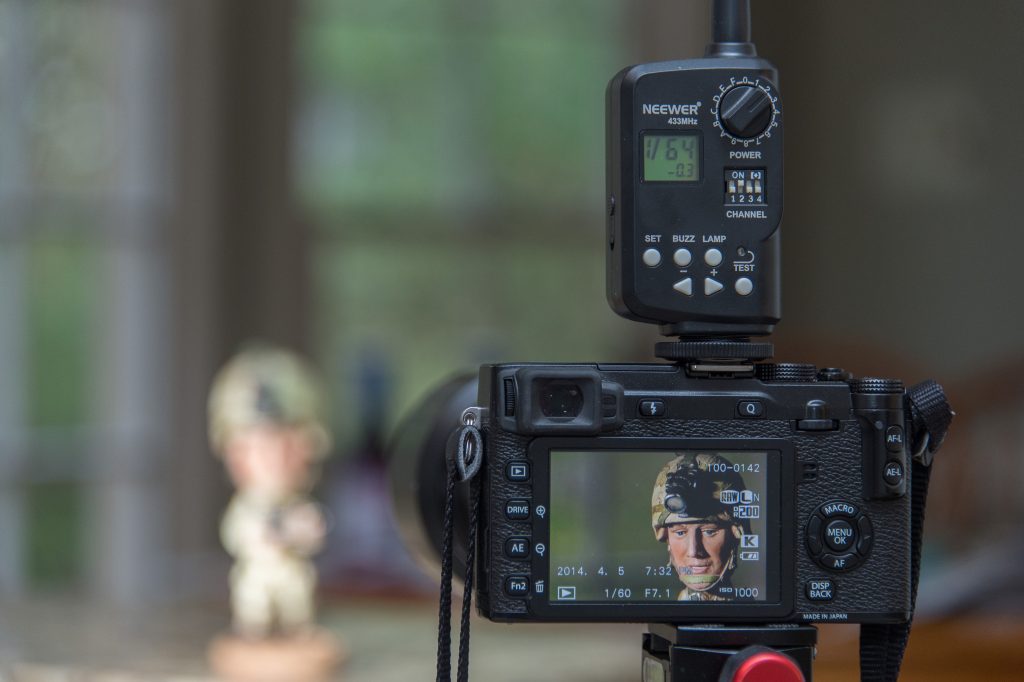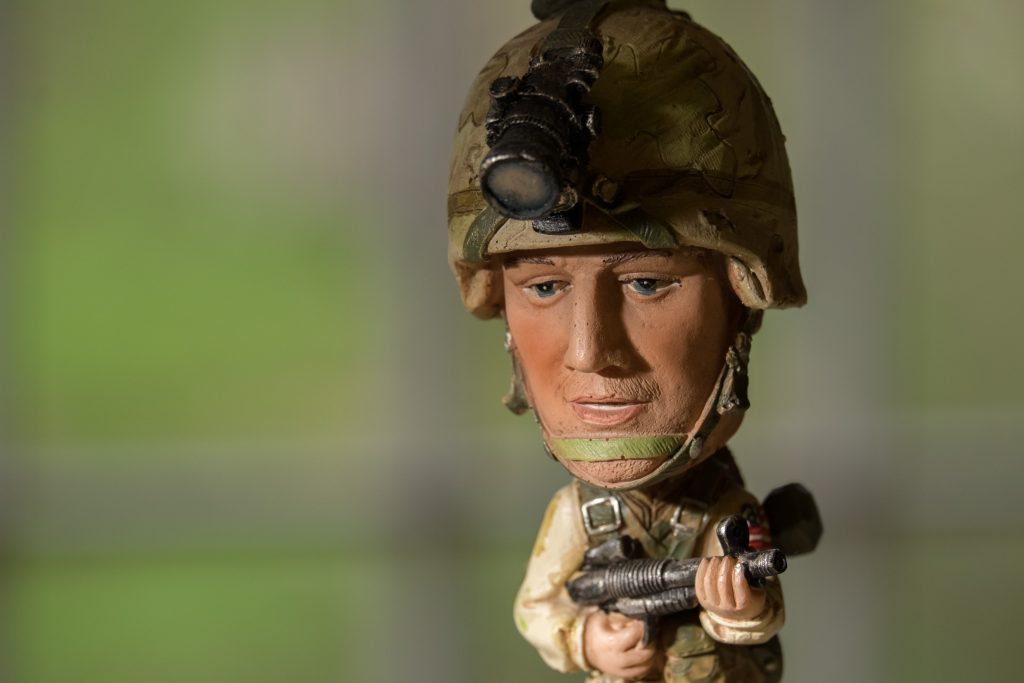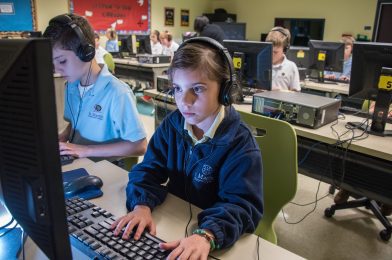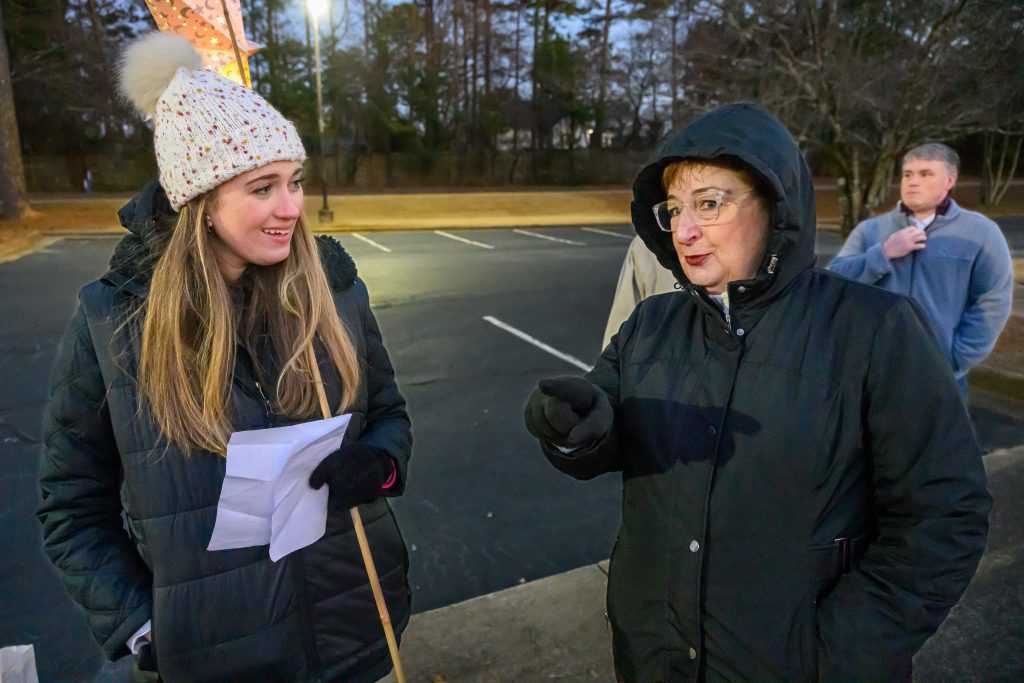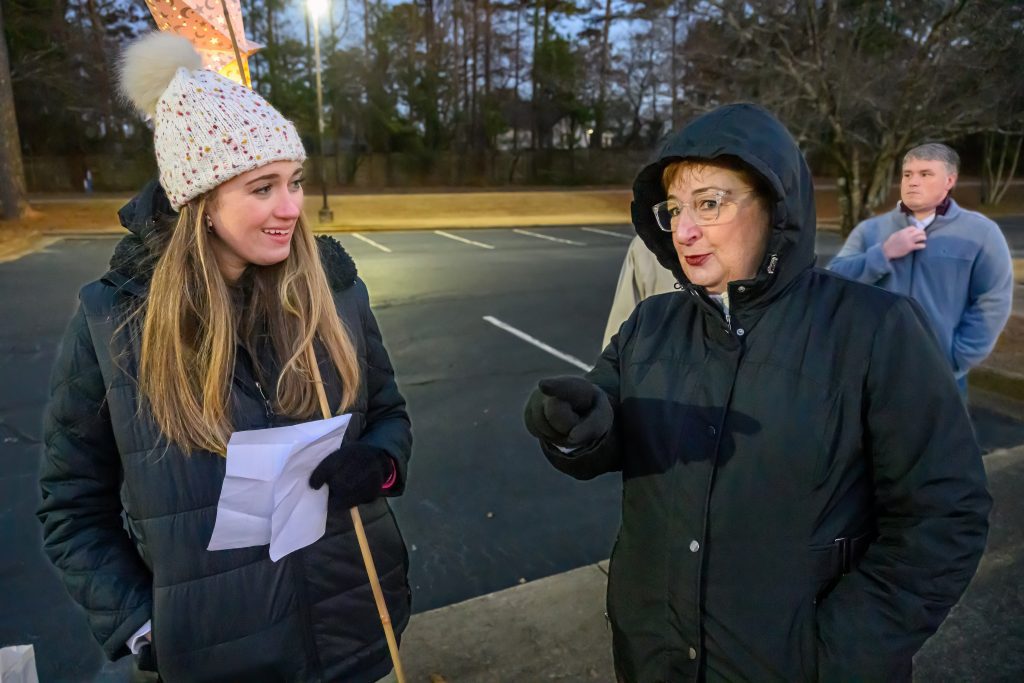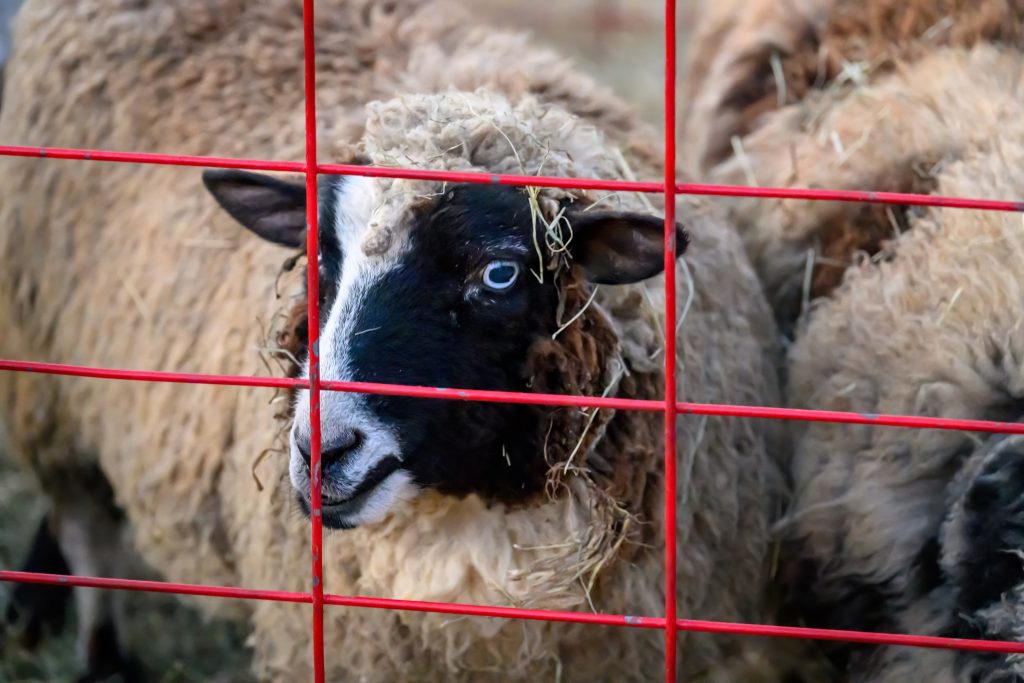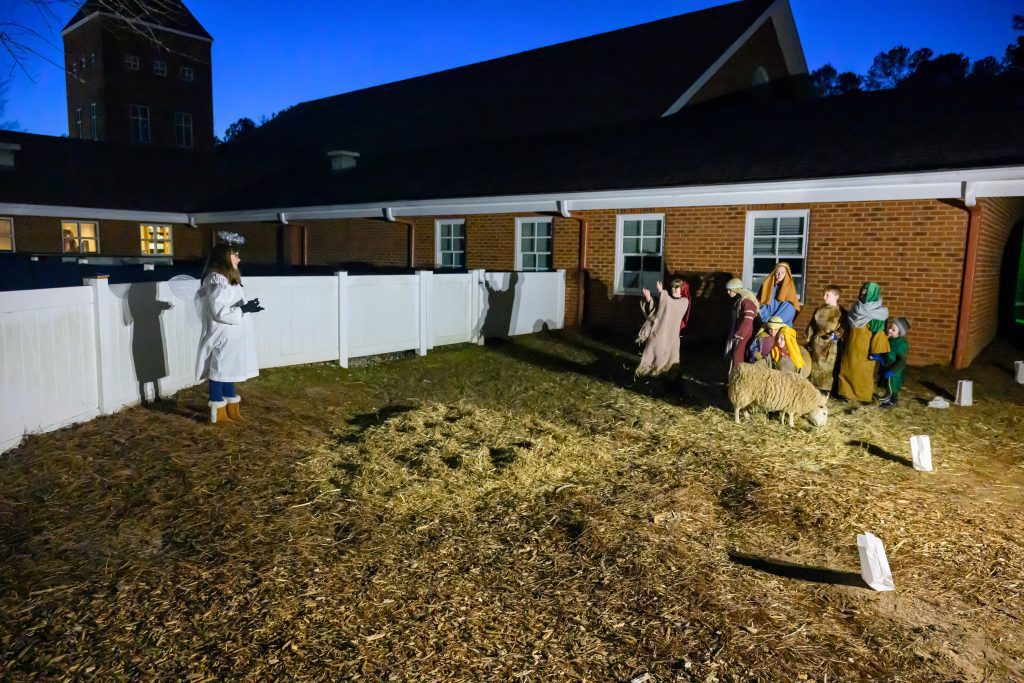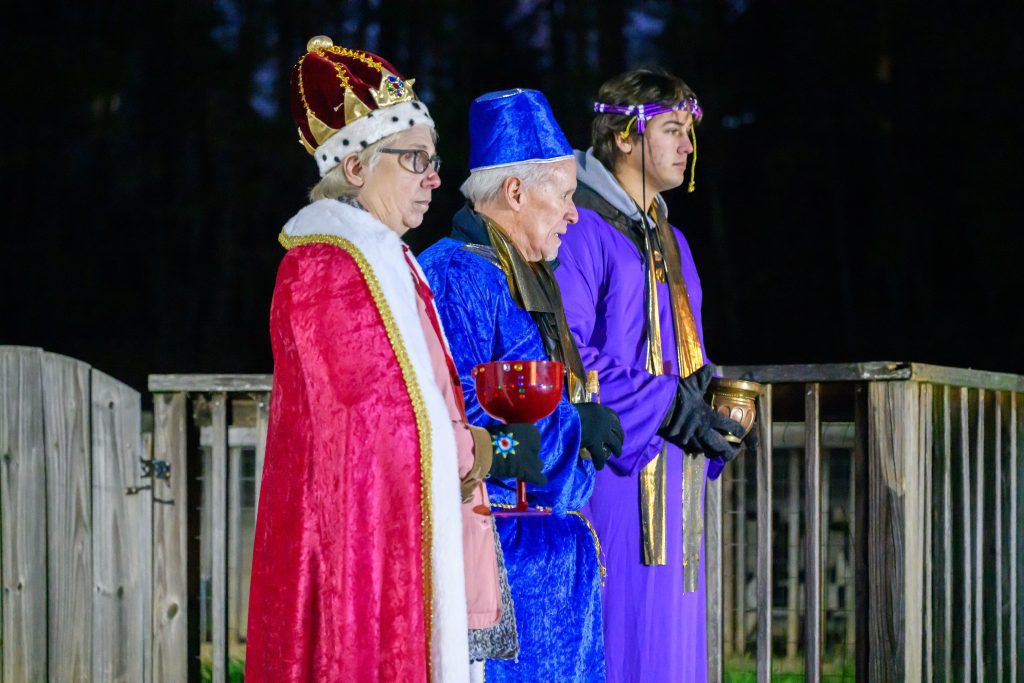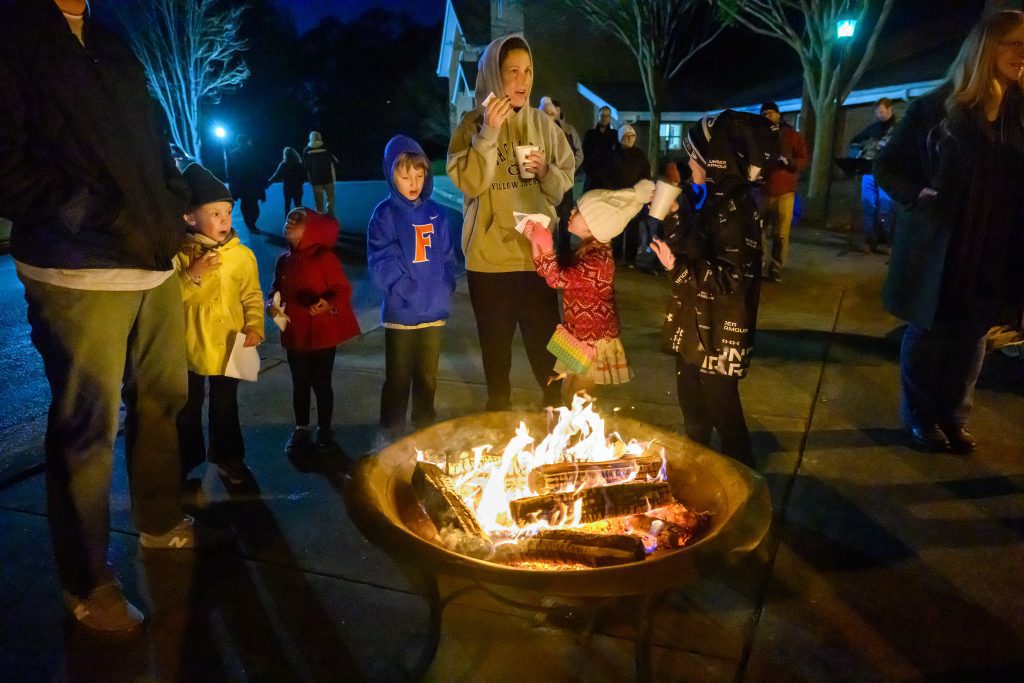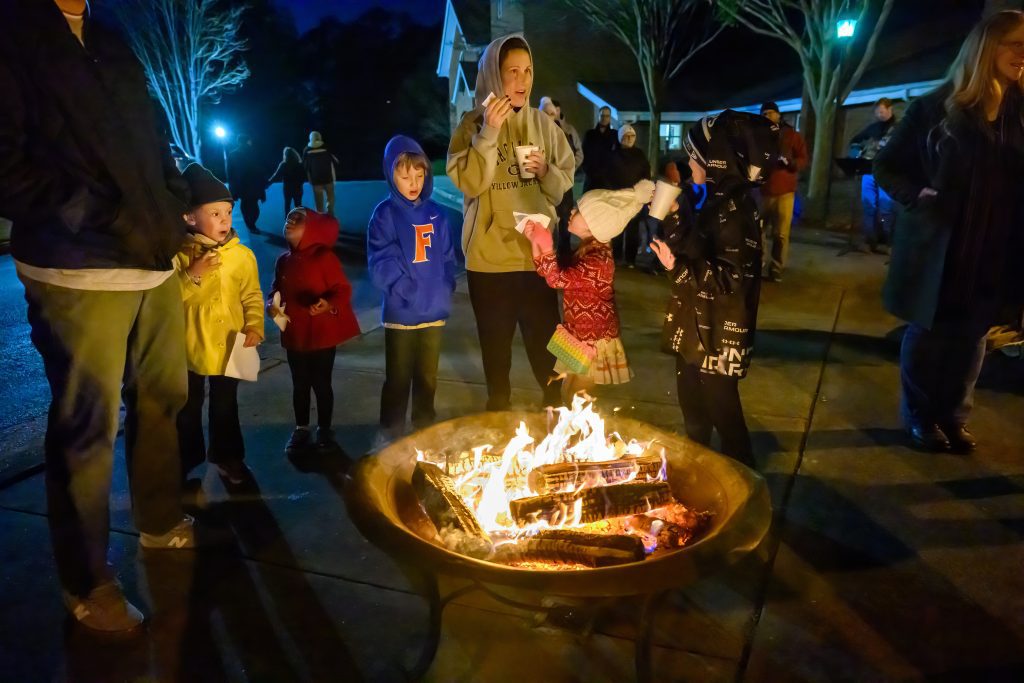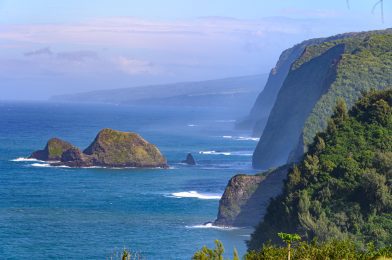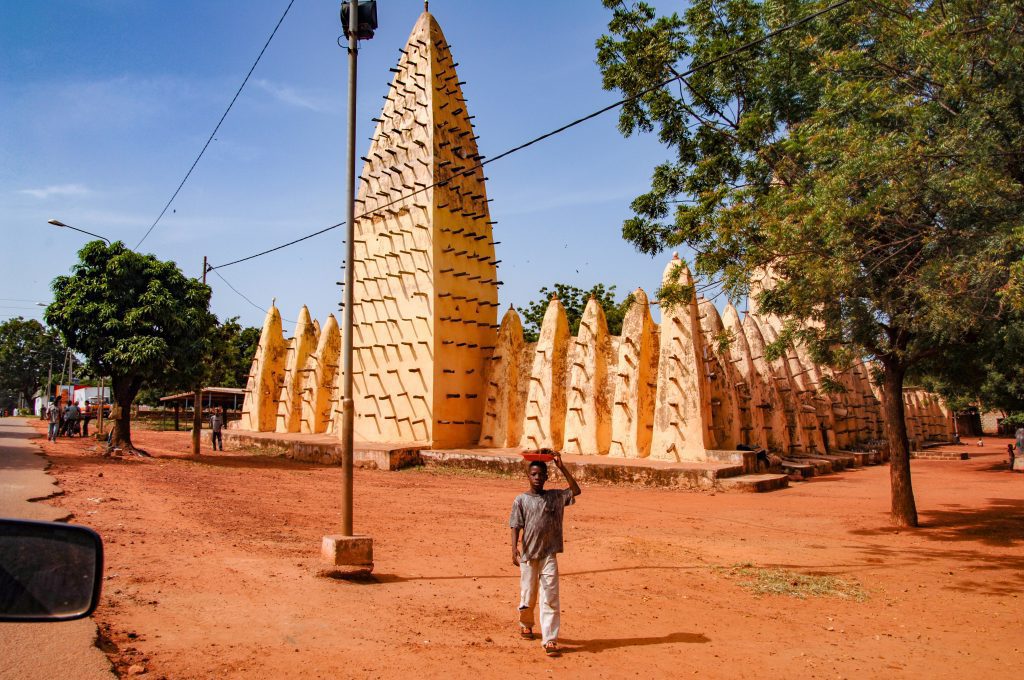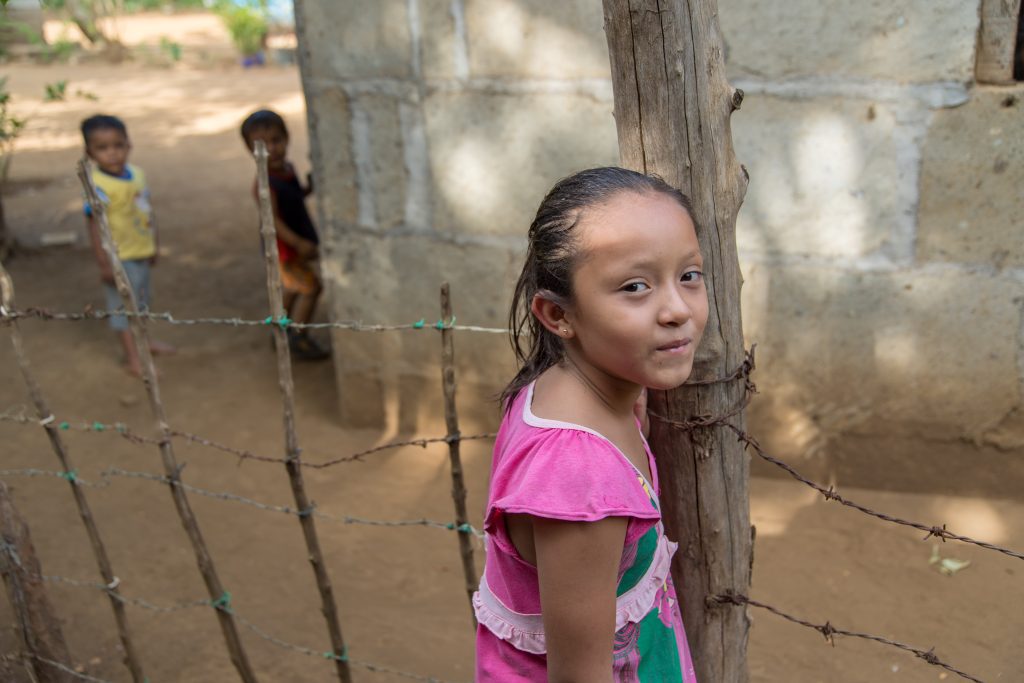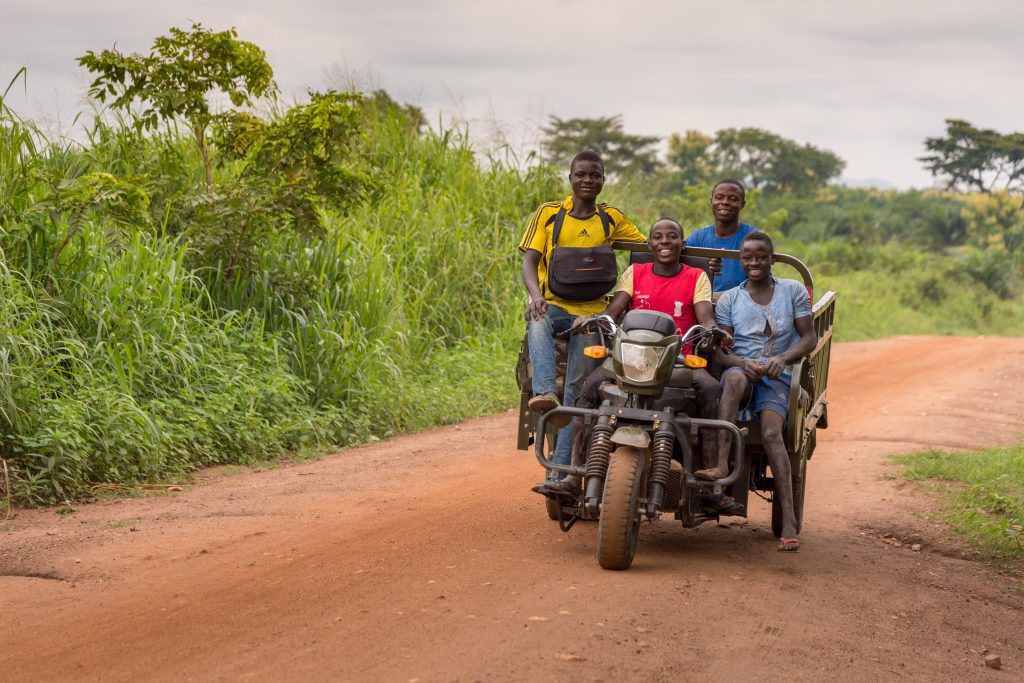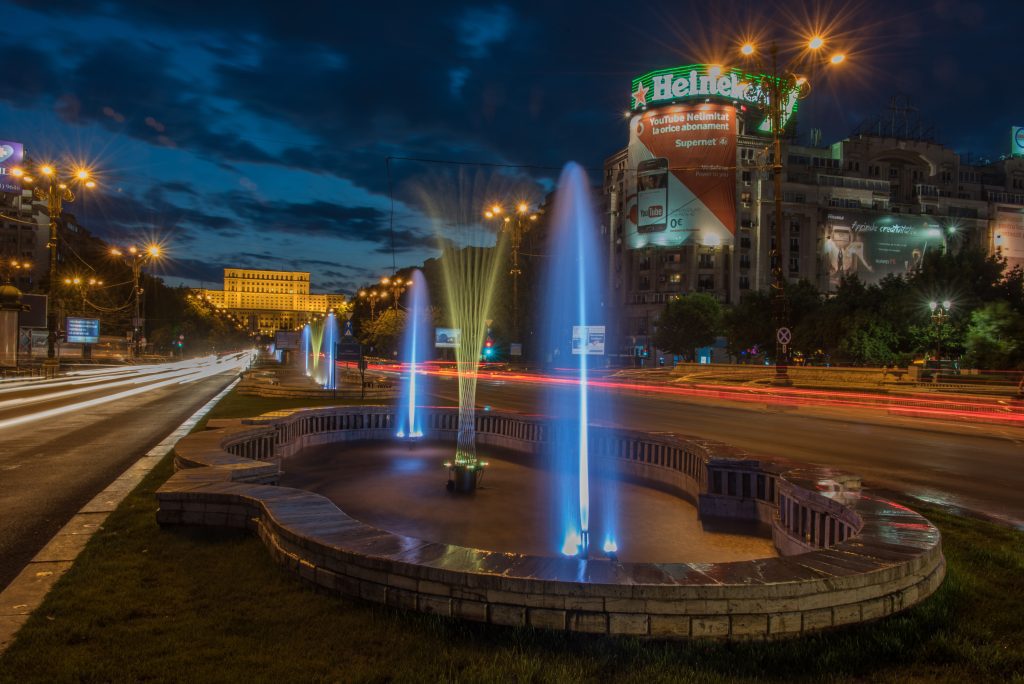Stanley is working in Lima, Peru, photographing a seminary class. Photo by Jeff Raymond.
Most creatives I know hate dealing with the business part of their industry. Your success has more to do with knowing good business practices than your creativity with a camera. I wrote this to help save you a lot of time and make the mistake of not talking through these areas with my clients before doing jobs. This caused me not to get paid or spend months getting paid. I also had clients pressure me to shoot more than what I thought was reasonable for the price I quoted.
I am not a lawyer, and I have never played one in theater or TV, but I have learned through the years that one of the essential things for any business is the importance of a contract.
From my years of attending workshops, reading books, and especially my time in ASMP, I have learned that you need to address some topics with your client before doing a job, or you can pay dearly for not managing them.
Several key elements should be included in a contract for a photographer with a client. Here are a few examples:
- Scope of work: This should clearly define the services that the photographer will provide, including the type of photoshoot, the location, the duration, and any specific requirements or requests from the client.
- Fees: The contract should outline the total cost of the services, including any additional fees for travel, equipment, or other expenses. It should also specify the payment schedule, including any deposits or installments.
- Ownership and usage rights: The contract should specify who owns the rights to the photographs and how they can be used. This might include rights to use the images for advertising, marketing, or other commercial purposes.
- Delivery of final product: The contract should outline when and how the final images will be delivered to the client and any requirements for image format or resolution.
- Termination and cancellation: The contract should specify the circumstances under which the agreement can be terminated or canceled and any fees or penalties that may apply.
- Indemnification: The contract should specify that the photographer will not be held liable for any damages or injuries that may occur during the photoshoot.
- Governing law: The contract should specify which state or jurisdiction’s laws will govern the agreement.
Overall, a contract for a photographer with a client should be detailed and clearly define the terms of the agreement to protect the rights and interests of both parties.
There Is Help In Writing Contracts
Several software options can help photographers create professional contracts. Here are a few examples:
- Adobe Sign: This cloud-based electronic signature platform allows photographers to digitally create, send, and sign contracts and other documents. It offers a range of customizable templates and integrates with other Adobe products, such as Photoshop and Lightroom.
- HelloSign: This electronic signature platform allows photographers to create and sign contracts and other documents online. It offers a range of templates and features, including adding your branding to documents.
- PandaDoc: This document management platform allows photographers to digitally create, edit, and sign contracts and other documents. It offers a range of customizable templates and features, such as tracking document status and receiving real-time notifications when a document has been signed.
- Cradoc foto software fotoBiz® X: This is what I use and is the most comprehensive, powerful, and easy-to-use business software for photographers available for your stock and assignment photography estimating, bidding, and billing needs. No monthly fees, No annual fees.
These software options can save photographers time and effort when creating and managing contracts and help ensure that all documents are professional and legally sound.


